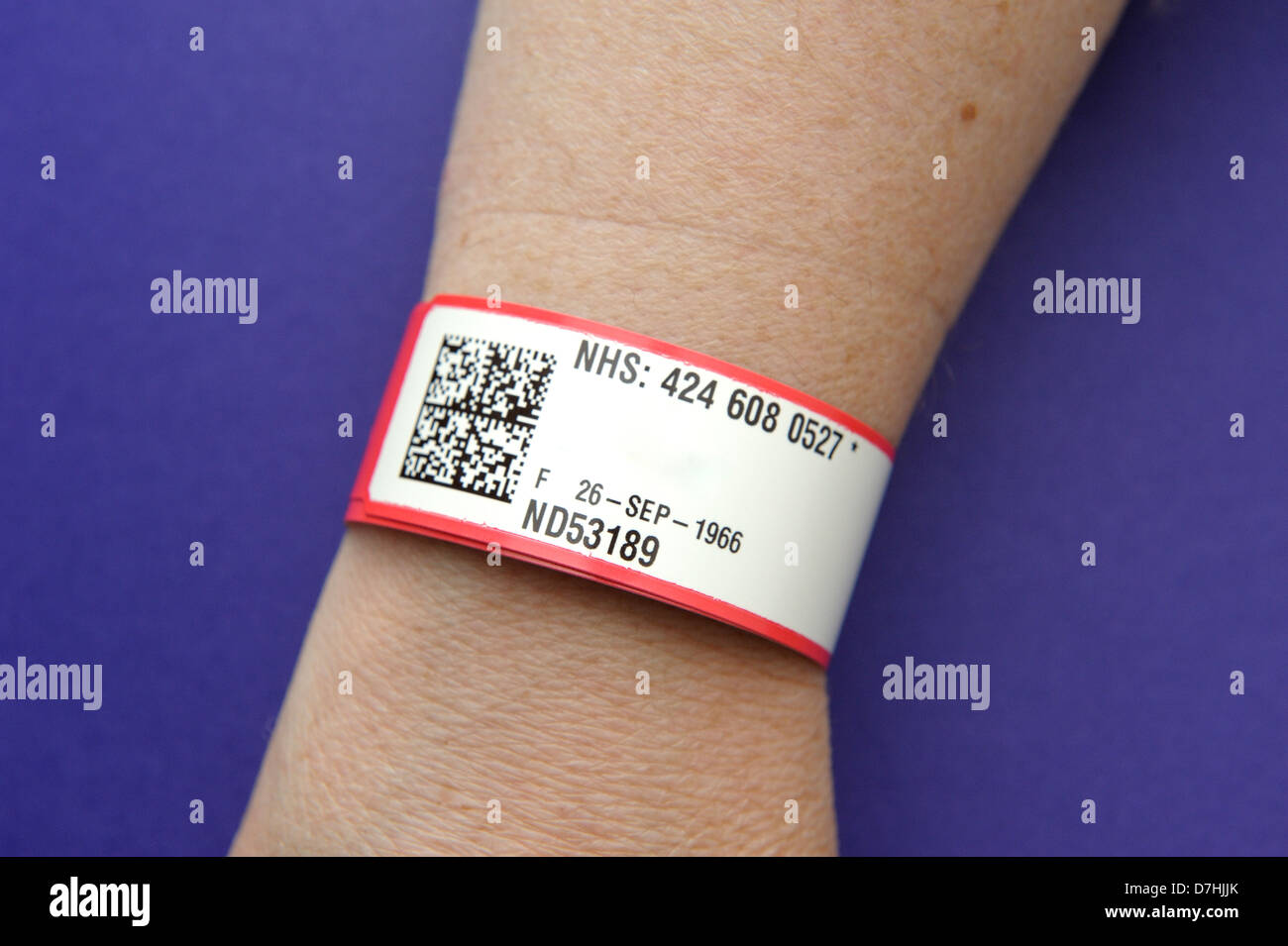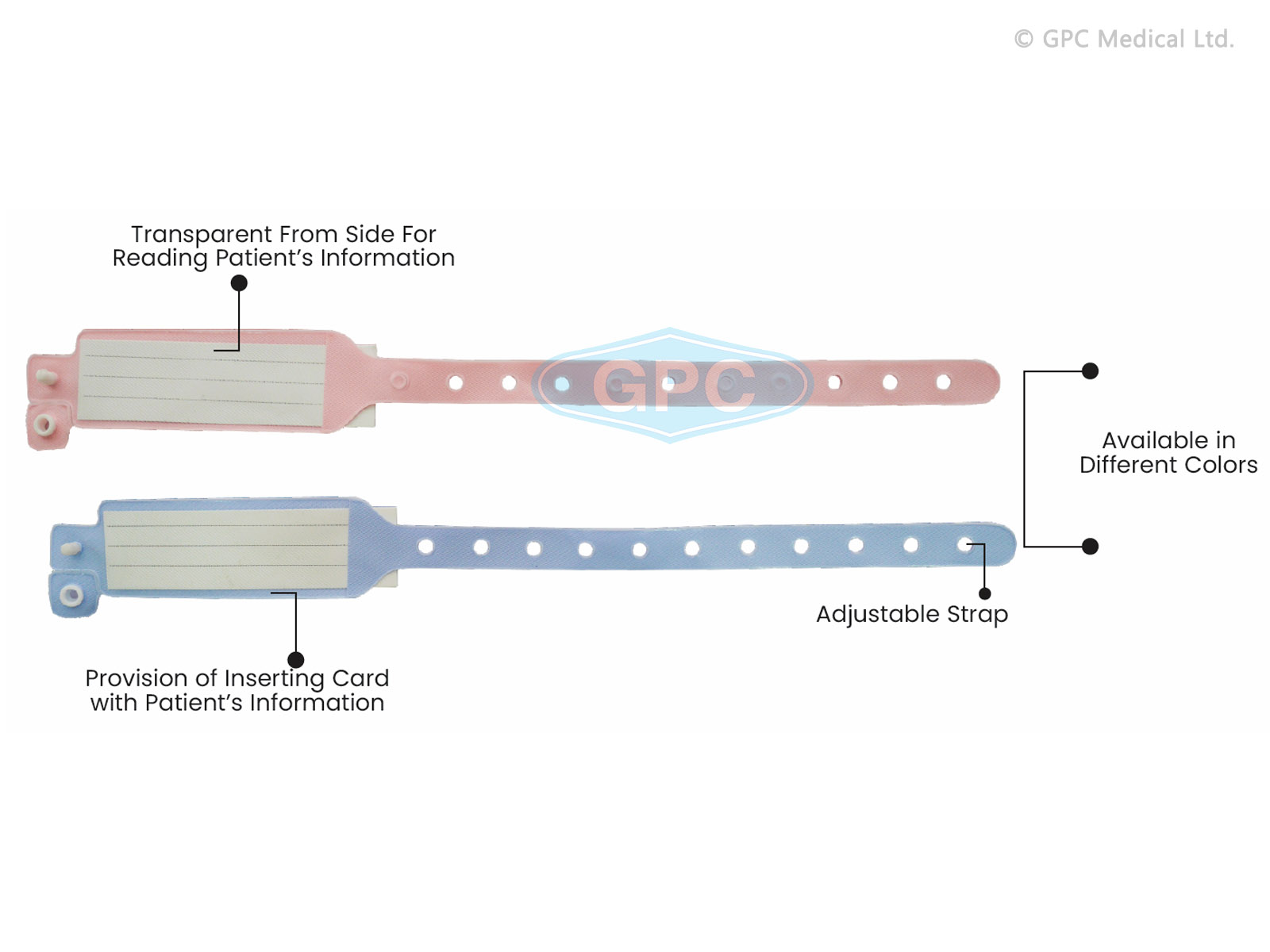Discovering the Various Types of Patient Identification Band Utilized in Clinical Facilities
In the detailed globe of healthcare, the crucial role of Patient Identification bands commonly goes undetected. These bands, differing from basic paper wristbands to advanced RFID bands, develop the backbone of Patient safety and security protocols, making certain accuracy in Patient Identification. The large diversity of these bands, each with its distinct benefits and restrictions, is commonly neglected. As we navigate through this subject, one might get insight into the refined complexities and critical relevance of such bands in medical facilities.
Recognizing the Value of Patient Identification Bands
While they might feel like plain devices, Patient Identification bands play an essential role in medical facilities. These bands function as an important tool for confirming Patient identity, avoiding clinical errors associated with misidentification. The bands commonly present necessary details such as the Patient's name, age, blood type, and any type of known allergies. They allow healthcare professionals to quickly access this essential information, thereby facilitating punctual and precise clinical therapy. Patient Identification bands also help in streamlining management jobs, making sure precise record-keeping and billing. Despite their simplicity, these bands personify the concept of Patient security, a cornerstone of quality health and wellness treatment. Without them, the risk of clinical mistakes, and as a result, Patient damage, may dramatically raise.
Conventional Paper Wristbands: Their Usage and Limitations
Traditional paper wristbands have actually been a staple in Patient Identification throughout numerous clinical facilities. While their use is widespread, they harbor specific limitations that might affect their efficiency in Patient management. This area will certainly concentrate on the scope of their application and the fundamental disadvantages connected with their use.
Paper Wristbands: Usage Range
In the realm of Patient Identification, paper wristbands have long held a vital duty. These bands are normally utilized in outpatient settings, where the Patient's remain is temporary. The wristbands contain important info such as the Patient's name, day of birth, and an one-of-a-kind Identification number. This basic, yet efficient system, enables doctor to quickly and properly determine patients, guaranteeing the proper therapy is provided. Paper wristbands are likewise used in emergency situations, where rapid Identification is critical. Their usage reaches events like blood donation drives and mass inoculation programs, even more emphasizing their adaptability. Regardless of developments in technology, the simple paper wristband continues to be a dependable and affordable solution for Patient Identification in different healthcare scenarios.
Limitations of Paper Wristbands
In spite of their widespread usage, paper wristbands are not without their drawbacks. In enhancement, paper wristbands typically lack the technological abilities of even more contemporary alternatives, such as barcoding or RFID chips, limiting their functionality to just showing created details. Paper wristbands can cause pain or skin irritability to some patients, particularly when used for extended periods.
Barcoded Wristbands: Advancements in Patient Identification
While Patient Identification has actually long been a vital element of medical care, the development of barcoded wristbands represents a significant jump onward. These bands take advantage of the simpleness of barcoding modern technology, permitting Patient information to be swiftly checked and accessed. They improve the rate and accuracy of Patient Identification, reducing the danger of medical mistakes connected to misidentification. Barcoded wristbands are affordable, very easy to produce, and get rid of handwriting errors common with hand-operated systems. They are not without constraints. While they offer renovations over conventional bands, the barcode can end up being smudged or used, rendering it unreadable. In spite of this, barcoded wristbands continue to be a crucial device in contemporary healthcare settings, signifying the intersection of modern technology and Patient care.
Superhigh Frequency Identification (RFID) Bands: a Step Towards Futuristic Medical Care
The development of Patient Identification bands has produced the introduction of Radio Regularity Identification (RFID) Bands (patient identification band). These innovative devices present crucial benefits for medical care centers, providing a much more efficient and technologically progressed ways of Patient Identification. The application of RFID in healthcare is a considerable step towards a more advanced approach to Patient administration and safety
Recognizing RFID Bands

RFID Bands: Secret Advantages
Embracing a future where innovation and health care combine, superhigh frequency Identification bands offer several crucial advantages. Largely, these bands enhance Patient safety and security by giving precise, rapid Identification, consequently decreasing clinical mistakes. RFID bands can keep a large amount of Patient data, including case history and allergic reactions, enabling customized care. They also streamline administrative tasks, as the automated information entry replaces hands-on procedures, improving performance and minimizing paperwork. Moreover, RFID bands offer real-time tracking of patients, crucial in high-risk environments such as surgical treatment or intensive care. Last but not least, these bands are resistant and long lasting to environmental aspects, guaranteeing consistent functionality. Overall, RFID bands stand for a significant improvement in Patient Identification innovation, profiting both individuals and doctor.
Carrying Out RFID in Health Care
These bands supply a smooth way to track and determine patients, ensuring their security and improving efficiency in therapy procedures. RFID bands lower clinical mistakes by giving exact Patient you could try these out Identification, which is critical in stopping misdiagnosis or wrong medicine administration. Thus, the implementation of RFID bands is a considerable step towards improving Patient their explanation security and healthcare distribution.

Color-Coded Wristbands: Helping in Quick and Accurate Diagnosis
In the busy atmosphere of a clinical center, color-coded wristbands have actually emerged as important tools for swift and specific Identification of a person's clinical problem. These wristbands, put on by clients, lug details colors that represent various medical problems or conditions. Red might suggest allergic reaction dangers, while yellow might represent a fall risk. This system is designed to use instant aesthetic hints to medical care suppliers, enhancing Patient safety and security and care high quality. In emergency situations, making use of these wristbands enables quick decision-making. The effectiveness of color-coded wristbands depends on the harmony of color analysis across healthcare institutions, needing typical requirements for constant application.
Techniques for Reliable Execution and Monitoring of Patient ID Bands
Achieving optimal usage of Patient Identification bands requires a well-structured technique for their application and monitoring. Patient education is additionally vital; individuals must understand the function of the bands and the requirement for their continuous wear. It's crucial to have a backup strategy in area, such as barcode scanning or biometrics, to guarantee that Patient Identification is never ever jeopardized.
Conclusion
Patient Identification bands are crucial in clinical facilities to make sure safety and precision. Efficient application and monitoring of these bands can significantly reduce medical mistakes, boost efficiency, and enhance overall Patient treatment.
These bands, differing from easy paper wristbands to advanced RFID bands, form the foundation of Patient safety protocols, making sure accuracy in Patient Identification.The development of Patient Identification bands has brought concerning the appearance of Radio Regularity Identification (RFID) Bands. Overall, RFID bands represent a significant innovation in Patient Identification technology, profiting both people and medical care providers.
RFID bands decrease medical errors by providing exact Patient Identification, which is essential in preventing misdiagnosis or incorrect medicine management. Patient try this site education is likewise essential; clients need to recognize the objective of the bands and the requirement for their consistent wear.